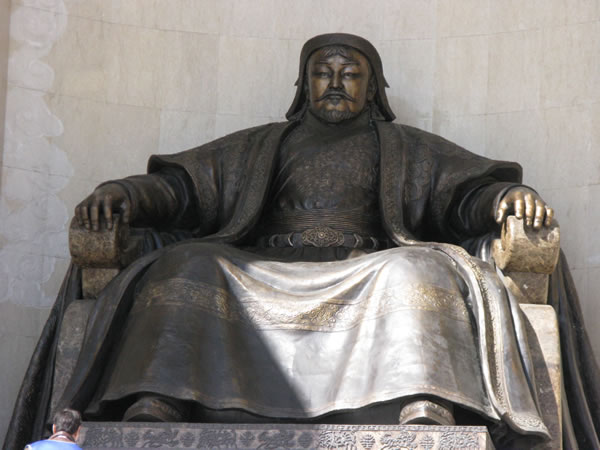
Among the sessions that took place during the first time slot of BarCamp Portland was Kevin Hale’s How to Run a Startup Like Genghis Khan. As one of the guys behind the online form startup Wufoo (who were recently acquired by the online survey startup SurveyMonkey), Kevin’s been applying the principles inspired by one of history’s greatest — and feared — military commanders to great effect.
As is my habit, I took copious notes, after which I expanded and annotated them and which I now present below. Enjoy!
How To Run a Startup Like Genghis Khan
- Genghis Khan made arrangements so that his death would be a mystery
- He was buried in an unmarked grave
- In order to preserve the mystery of his death, he had a squad kill the people who buried him when they had completed their task
- And in order to be very thorough, he had another squad kill that first squad
- Most of you are aware of Khan’s reputation: a ruthless killer and sire of many children across Asia
- His story is a little more complex than that. What many people don’t know is that he was captured and made a slave when he was young, broke free and rose to unite the various confederations of mainland Asia and is considered to be one of history’s most charismatic and dynamic leaders
- He is responsible for many developments in his part of the world, including opening trade routes, developing a system of writing and promoting religious tolerance across his empire
- In the span of 25 years, his Mongol Empire conquered more land than the Roman Empire did in 400. He conquered more territory than anyone in history
- With his forces comprising only 70,000 warriors, he took on and defeated armies that outnumbered him 3 to 1
- Strangely enough, the things Khan did in order to achieve success are quite applicable to the startup world:
- He did big things with small teams
- He used combinations of technologies from different places
- He was an excellent word-of-mouth marketer
- Khan was a Mongol
- "Mongol" was often used as a catch-all term for eastern people such as the Huns, Scythians and so on
- These people were nomadic badasses
- Their home was the Asian steppe: an unforgiving land with few trees and sparse resources
- The Gobi Desert is immediately south, and huge mountainous regions to the north and west
- The capital city, Ulan Bator, has the lowest average temperatures of any world capital
- Being nomadic was a survival tactic in such climes
- Consider the way they lived versus people who lived in cities, towns or villages:
| Mongols | "Townies" | |
|---|---|---|
| Lifestyle | Mobile | Settled |
| Structures | Tents | Buildings |
| Tactics | Offensive | Defensive |
| Resource Management | Resourceful | Wasteful |
| Who Provided Food? | Hunters | Gatherers |
| What They Ate | Protein | Carbs |
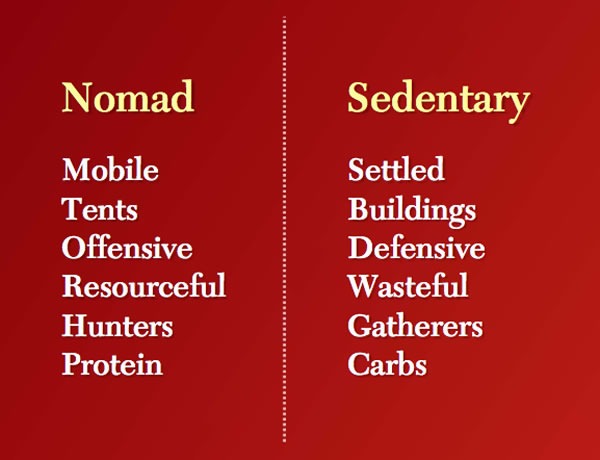
- If you’re in a startup, you’re in a situation similar to the Mongols
- You should borrow from their bag of tricks
- It’s all about less, namely:
- Less money
- Fewer employees
- A small office (or sometimes, no office at all)
- Less hardware
- Fewer features
- Less code
- Y Combinator-funded startups use a "less" philosophy: they fund small teams, give them just enough money to operate, and encourage them to be "ramen profitable".
- Like Khan, startups should try to take advantage of efficiencies
- The people at 37signals calculate revenue per employee
- Steve Wozniak, in Founders at Work, said that his job was all about optimizing: getting more computing done with fewer chips
- Google calculates cost per energy unit
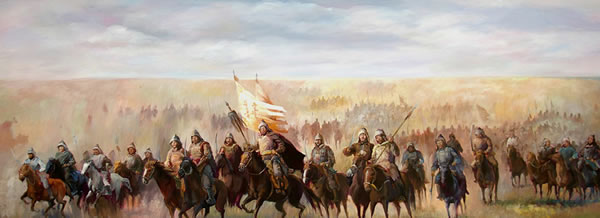
- Khan had a relatively small force and did not like to sacrifice the lives of his men needlessly
- He tried to beat his enemies before battle even begun — he gave top priority to defeating the will of the enemy
- The goal was to get villages to surrender before his army set foot in them
- Khan’s forces:
- Devoted a lot of time to building word-of-mouth and spreading rumours of Khan’s impending attacks
- Sent scouts to reconnoiter cities in order to find potential targets and make maps
- Captured local scribes and put them to work writing propaganda: "Genghis Khan is coming!"
- Would build a pile of skulls outside a city they were planning to attack
- Would never attack a main stronghold first; instead he would first destroy their outposts
- Captured the bright people from the outposts and let the others go free; those set free would run to another town or outpost, spreading word of Khan’ attacks and taxing their resources
- Built fortifications around cities they were going to attack, followed by siege machines
- Even participated in biowarfare, catapulting human heads and plague victims over city walls
- On the day of battle, Khan’s forces would put on a big production prior to their attack:
- They would gather outside the place they were attacking
- Soldiers would carry multiple torches, making their numbers appear far greater
- They would be accompanied by chanting priests, war drummers and Tuvan throat singers, who would create a lot of noise outside the target city for a long time to scare the citizens
- After a long while, the priests, drummers and singers would stop suddenly and simultaneously
- Shortly after the period of silence, which would be terrifying to the enemy, they would attack
- Khan’s armies would use tactics suited to their numbers:
- They would engage in heavy combat, and then retreat
- The opposing army would follow them, not realizing them that he was luring them into being boxed in by the retreating force and another force lying in wait in a "kill zone"
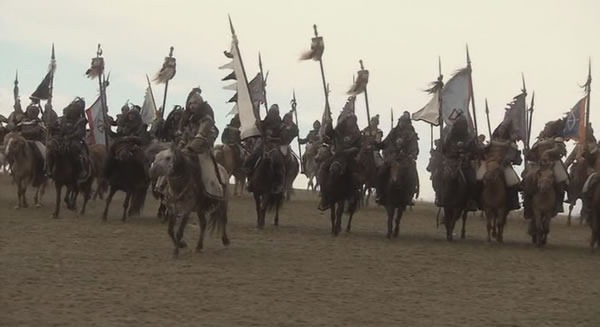
- Lessons to learn from Khan:
- Build your audience and make them part of the extravaganza
- 37signals built their audience with the Signal vs. Noise blog, which was founded in 2001
- It wouldn’t be until 2004 that they released their product, BaseCamp
- Gmail built their audience and demand by making the initial version a limited-invitation beta
- Thanks to the scarcity, early GMail users became mini-celebrities
- Wufoo did this by going with an unusual contest: "Win a friggin’ battle axe!"
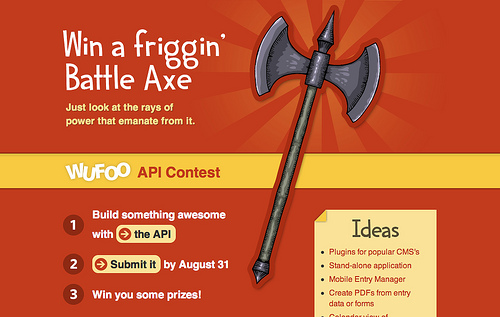
- In medieval warfare, armies were arranges like so:
- Infantry in the front
- Mounted calvalry in the middle
- Archers in the back
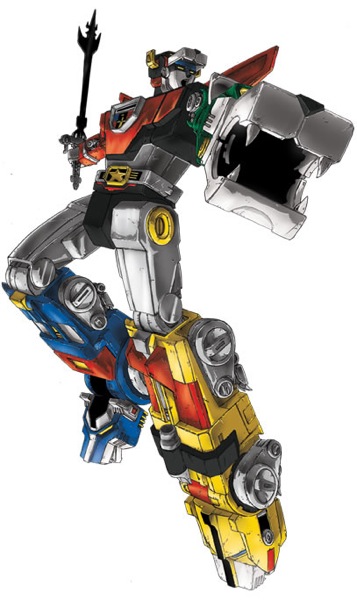
- This approach is an example of what I call the "Voltron Inefficiency", where every Voltron episode seems to follow the same pattern:
- First, the five members of the Voltron team would try to take on the enemy in their individual lion ships, and lose
- Then, they’d merge the lions ships together to form Voltron and still lose
- Finally, they’d use the winning tactic: with Voltron formed, they’d pull out the best weapon, the blazing sword and defeat the enemy
- The inefficiency: why not just use the best of everything – Voltron and the blazing sword — at the very beginning?
- Khan’s forces didn’t fall victim to the Voltron inefficiency: they put the archers on horses, combining mounted cavalry and bowmen
- Their horses were smaller and faster, and they wore lighter leather armor (less weight) and only on the front (less weight, and discourages retreat)
- Compared to the English longbow, a large, cumbersome and simple bow, the Mongolian composite bow could be folded for travel, was light enough for even the smallest of women to use and had greater range
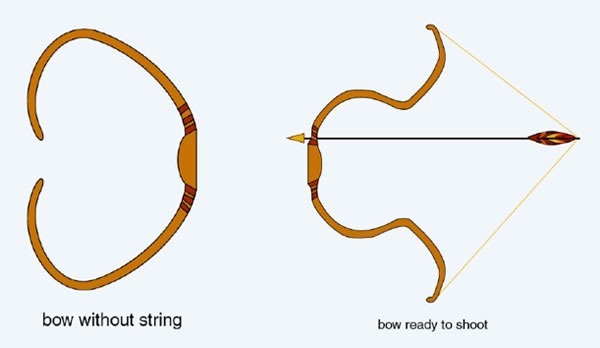
- The startup equivalent of this is to have everyone, regardless of title or position, take on customer-facing roles such as customer support, marketing and sales
- They do this at Kayak.com, which brings up the question: "Why pay an engineer $150K to answer phones?"
- The answer: if you do this, engineers will fix their code so that they don’t have to answer phones
- If they hear the same complaint from many customers, they’ll fix that problem rather than have to hear that complaint again
- This approach makes for developers and designers who become more responsible for the product
- At Kayak, the average response time on business days is about 7 – 12 minutes
- By putting developers on support, they end up building tools to help the support team scale

- Khan had his generals or sons marry people from the places he conquered
- He did this to forge alliances and maintain long-term relationships with the nations under his rule
- At Wufoo, we’re fanatical about creating and maintaining long-term relationships with our customers
- Consider the work of John Gottman, who could look at couples fighting and predict with uncanny accuracy who would stick together and who would break up
- Our relationship approach depends on the type of user:
- With new users, it’s like dating
- With longer-time users, it’s like marriage
- There are fights in every relationship, whether within a couple or a relationship with a customer; the types of fights have analogues in both types of relationships:
| Reason for fight in a marriage |
Customer analogue |
|---|---|
| Money | Cost and billing |
| Kids | Customer’s customers |
| Sex | Performance |
| Time | Performance |
- Customer relationships are important at Wufoo
- We make every one of our employees say "Thank you" to our customers, with hand-written cards
- Our users stay loyal, with a deep emotional connection to us

- The Mongols, being nomads, didn’t leave behind literature, art, buildings or cities
- What they did leave behind were bridges, which were useful to them as a travelling people
- These bridges benefited everyone else too: they even made the Silk Road possible
- Wufoo also builds bridges by participating with the community around it